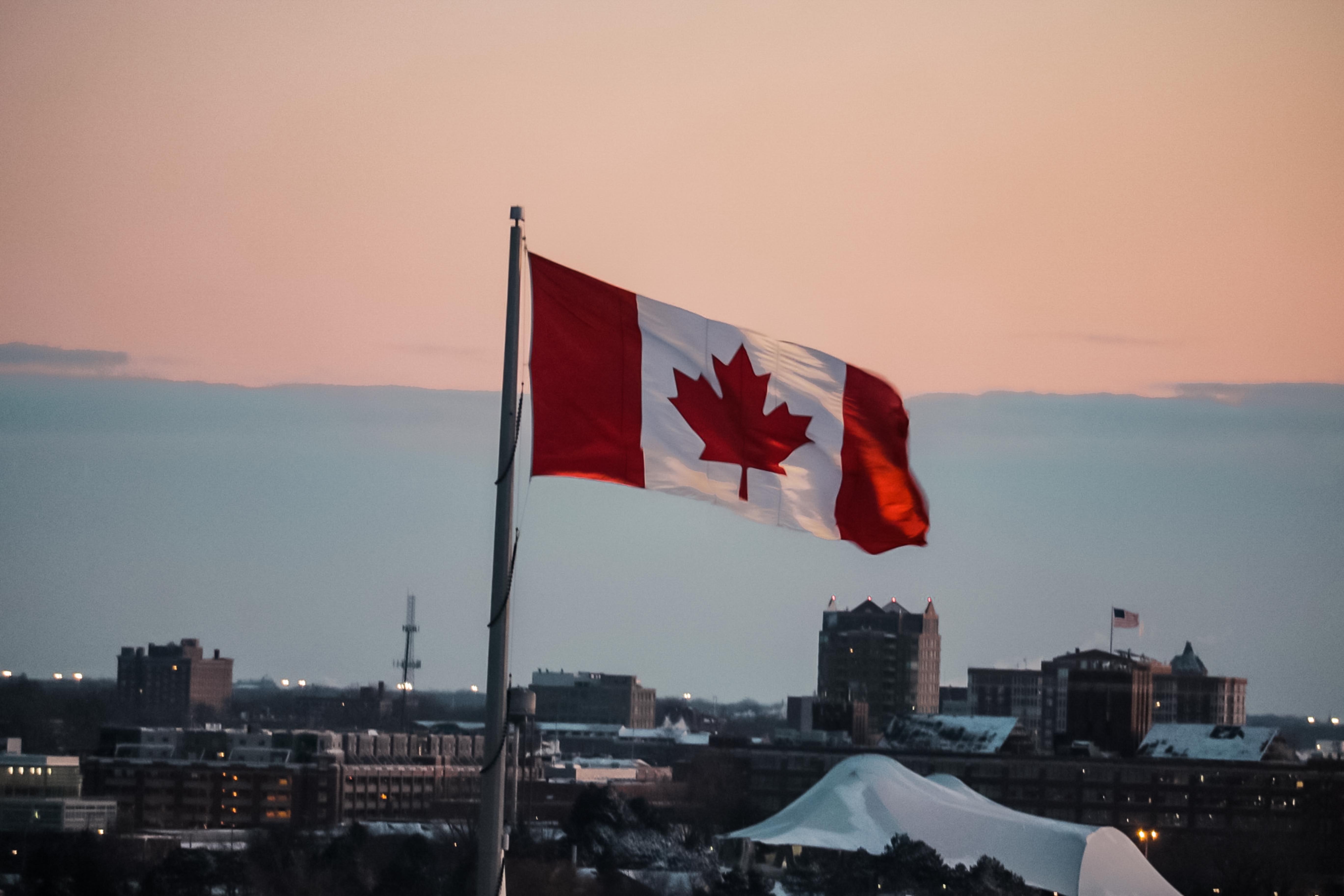
Pulling in Different Directions: Fiscal Policy After the Pandemic
The spring is traditionally Budget season in Canada, both in Ottawa and in provincial capitals. The suite of Budgets released in the first months of 2023 show remarkable divergences after several years of deficit-funded pandemic spending. Canada’s governments, large and small, are demonstrating very different sets of priorities as inflation continues to affect households and as a growing number of experts anticipate a recession caused by sharp interest rate hikes.
Ottawa Keeps Spending
The federal government sent signals before tabling the Budget on March 28 that restraint would be coming – but this Budget’s deficits are $10 billion higher per year than projected in the last update. Just six months ago, the government’s Fiscal and Economic Update suggested the federal deficit could be eliminated by 2028, but that prediction is no more. The federal government is prioritizing spending over restraint, with a $13-billion plan to expand dental care and a one-time “grocery rebate” for lower income families. Notably, the federal Budget was the only released so far to predict a recession in 2023, which would impact revenues at all levels.
Ontario Keeps a Reserve
Ontario’s fiscal position is bolstered by its significant contingencies, reserves and unspent funds. In a strong contrast with the federal government, Ontario is looking for ways not to spend. By 2026, Ontario will be holding $4 billion per year in reserve funds, growing from $1 billion per year in this fiscal year. These cushions mean that Ontario is moving back towards annual surpluses. While a $1.3 billion deficit is reported for this year, revenues are expected to exceed expenditures starting in 2024-25. Ontario’s Budget did not project a recession, but its contingencies could cushion the province from unexpected costs stemming from an economic downturn.
Historic tax cuts in Quebec
Quebec’s government admits there is a 50% chance of a recession in the coming months. Even though that could hit the province’s tax revenues, Finance Minister Eric Girard remains optimistic. So much so that the former National Bank executive announced the largest personal income tax cuts in the province’s history. The first 2 levels of the taxation rate are being cut a full percentage point. This will allow 4.6 million taxpayers to save up to $814 for individuals and $1627 for couples. The total cost: $9.2 billion. The Legault government is making good on its campaign promise to lower the tax burden for Quebec, which is the highest in North America. But that will come at a cost: lower contributions to the Fonds des générations – “Generations Fund” – set up to lower the debt, and a $4-billion deficit at a time when many experts anticipate an economic downturn.
The West: Resource Revenues Bolster Alberta, Saskatchewan
Western provinces with significant resource revenues (Alberta, Saskatchewan) have money to spend, while those without (British Columbia, Manitoba) face continued deficits. Driven by higher energy prices, Alberta and Saskatchewan both posted billion-dollar surpluses, allowing Alberta in particular to spend ahead of May’s election. British Columbia also posted a large surplus of over $4 billion for the current fiscal year – but they expect to return to deficits over the coming years as they focus on investments in health and social services. Manitoba will continue to run modest deficits, though they continue to shrink.
Atlantic Canada: Slow growth after a population boost
Atlantic provinces are forecasting a slower economic growth for 2023-24, after pandemic years marked by a sharp rise in provincial immigration. The New Brunswick Finance minister Ernie Steeves summed it best in his budget speech: “We have gone from a province that was struggling with a declining economy and unsustainable public finances to a province that is dealing with challenges that come with growth. We have seen record population growth. Our average age has fallen. Employment hit an all-time high driven by a record increase in full-time employment. Housing starts reached their highest level since 1983. Exports also hit a record high. For 2023, the Department of Finance and Treasury Board projects real GDP growth of 0.8% as growth slows from the elevated levels seen in the last two years.”